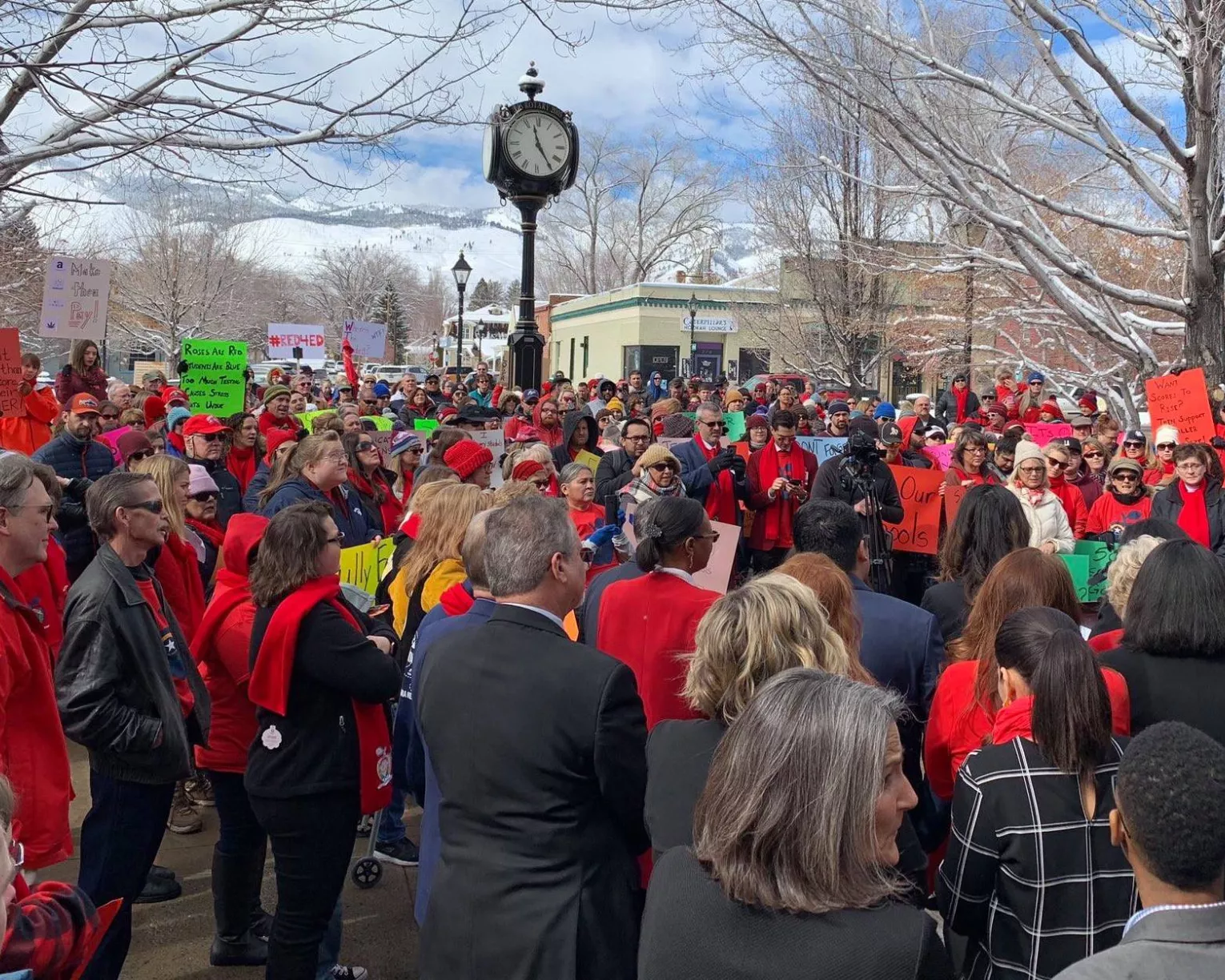COVID-19 AND SCHOOL FUNDING, TWO CRISES COLLIDE
At the end of the 2019-20 fiscal year, the Governor and lawmakers had to close an $812 Million budget shortfall as the result of the decrease in revenues from the COVID-19 pandemic. Included in that budget shortfall was a $265 million shortfall in local revenue to the Distributive School Account (DSA). While the FY21 impact has yet to be determined, projections by Applied Analysis and others have estimated the shortfall at around $1 billion. The budget impact of COVID-19 is likely to last for years, impacting budget deliberations for next biennium. As such, Nevada is facing the most severe budget crisis in its history.
Prior to the COVID-19 pandemic, Nevada’s neighborhood public schools were already chronically under-funded with the most crowded classrooms in the country. As we reopen our schools, districts will have new expenses to implement state recommended health and safety guidelines. Per the American Association of School Superintendents, a school district with just 3659 students will incur an additional cost of $1,778,139. That number does not include major costs such as purchasing new school buses, physical modification to school buildings, or the cost of hiring new staff to significantly lower class size. We know the additional cost to safely reopen Nevada’s larger school districts will be substantial. As such, cuts to public education will compromise the ability to safely reopen, jeopardizing the safety of our kids, educators, and community.
Public education is the great equalizer, and Nevada made significant efforts in recent years to increase education equity. Unfortunately, the move to distance learning heightened inequities, especially for students with individual education plans, English learners, and at-risk students. There is no replacing in-person/one-on-one teacher-student instruction, especially with shortcomings of distance learning in reaching all students. Nevada needs to keep focused on improving education equity, which means continued investment in special education and models that work for English learners and at-risk students, like Zoom and Victory schools. Meanwhile, during a pandemic that has resulted in such disruption, successful reopening of our public schools must include meeting the social and emotional needs of our students and educators.
The State’s approach to revenue in the past was never sufficient, and it certainly will not be moving forward in a post-COVID-19 world. Further defunding public education without a plan for new revenue is not an acceptable answer. As such, the Nevada State Education Association is calling on any budget-balancing plan, for this biennium or next, to include at least a dollar of new revenue for any dollar cut from public education, a shared sacrifice.
The current economic crisis has already impacted nine-month, ten-month, and eleven-month education employees not eligible to receive unemployment benefits during the summer months. Under normal circumstances, most ESPs have summer employment opportunities. This is especially important for those who make less than a living wage during their working months. Unfortunately, with the COVID-19 pandemic, job opportunities are severely limited.
To address these concerns, NSEA SUPPORTS:
- At least one dollar of new state revenue for every dollar cut from public education.
- Access to unemployment benefits for 9 to 11-month education support professionals.
- A renewed focus on the social and emotional needs of our students and educators. Maintenance of Nevada’s successful education equity programs, including Zoom and Victory Schools.

